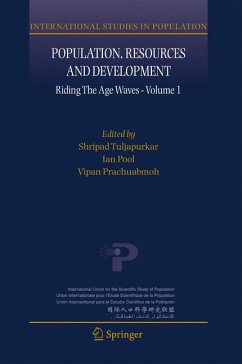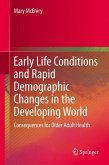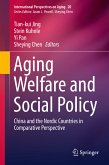Many developing countries are in relatively early stages of fertility decline and will experience age waves for two or more generations. These waves create shifting flows of people into the key age groups, greatly complicating the task of managing development, from building human capabilities and creating jobs to growing industry, infrastructure and institutions. In this book, distinguished scientists examine key demographic, social, economic, and policy aspects of age structural change in developing economies.
This book provides a joint examination of dimensions of age structural change that have often been considered in isolation from each other (for example, education, job creation, land use, health); it uses case studies to examine policy consequences and options and develops qualitative and formal methods to analyze the dynamics and consequences of age structural change.
Dieser Download kann aus rechtlichen Gründen nur mit Rechnungsadresse in A, B, BG, CY, CZ, D, DK, EW, E, FIN, F, GR, HR, H, IRL, I, LT, L, LR, M, NL, PL, P, R, S, SLO, SK ausgeliefert werden.









